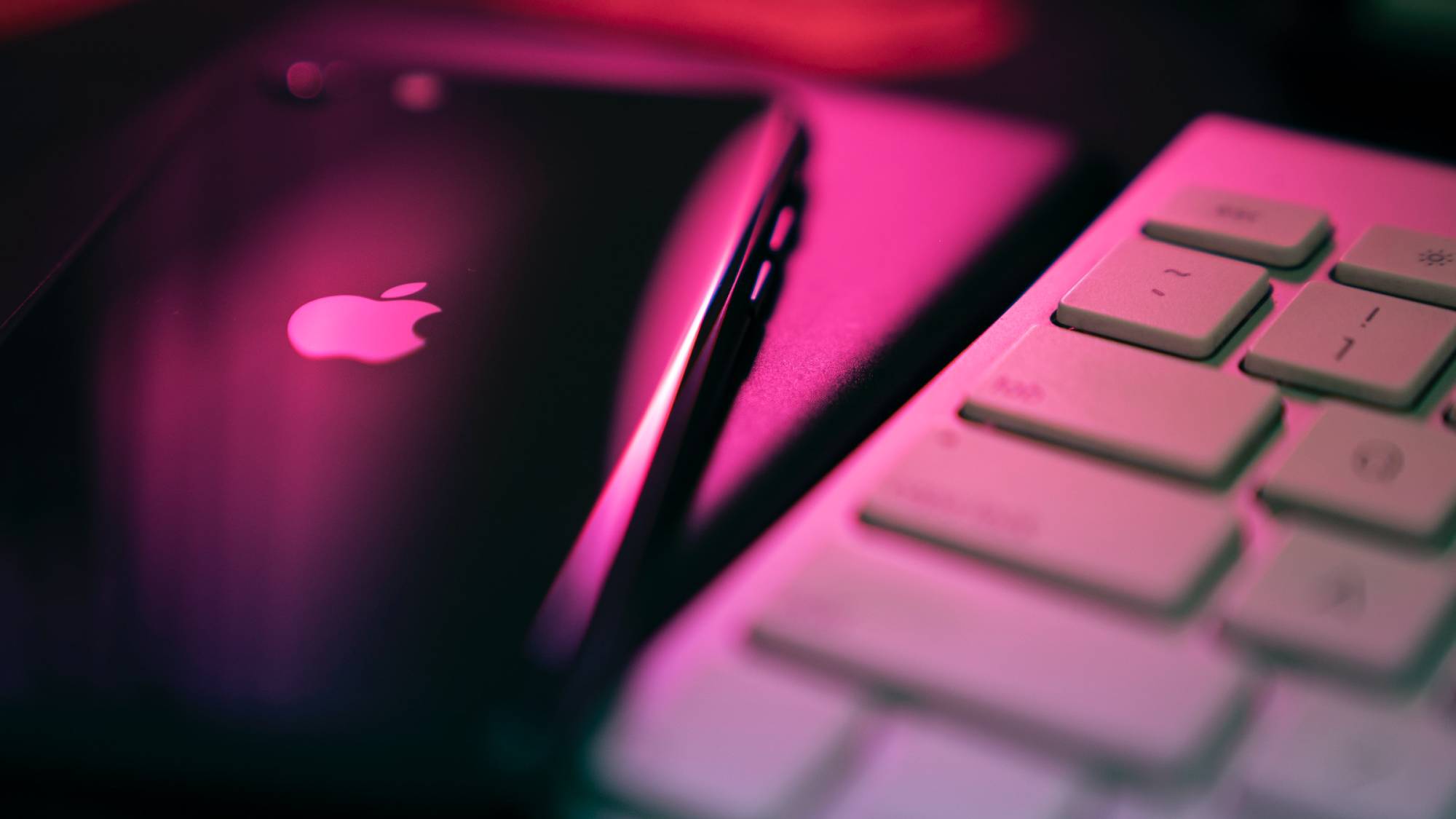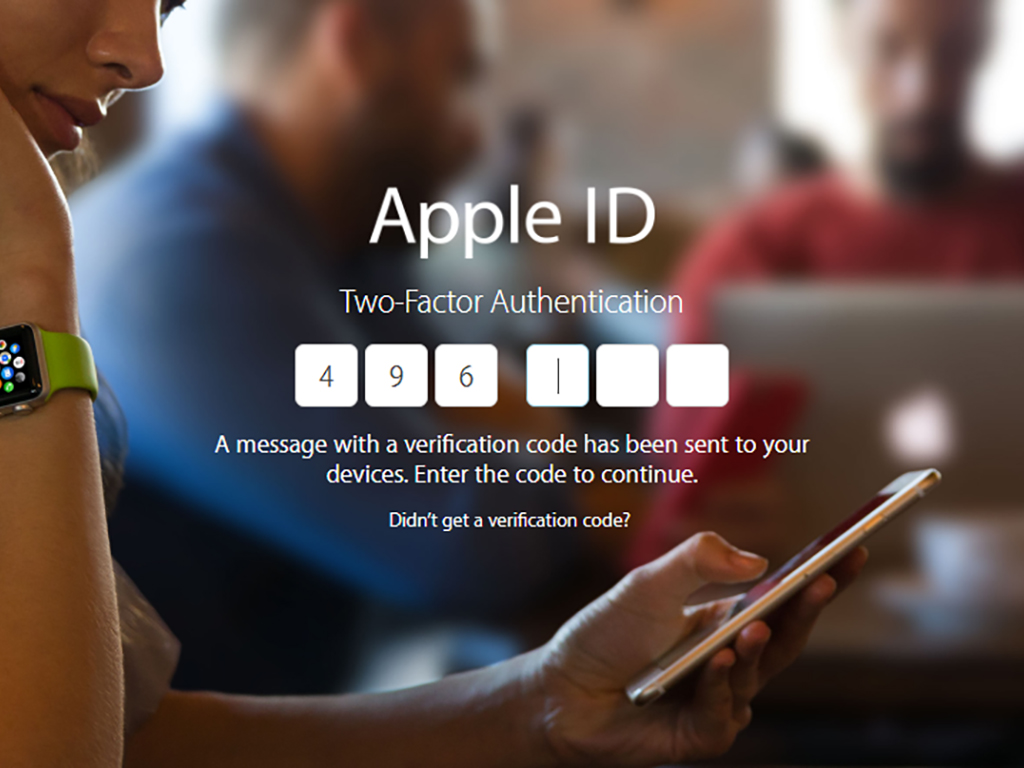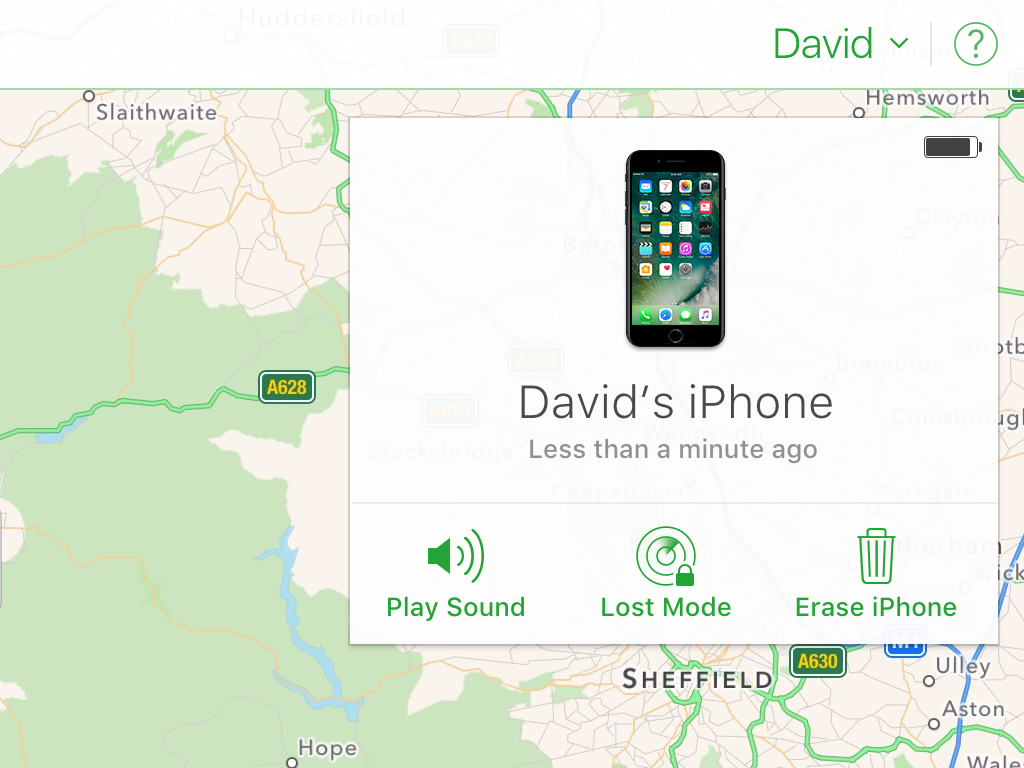

If you’re an Apple user, you probably have an iCloud account and several devices filled with your personal information. Whenever high-profile data leaks and hacks hit the headlines, you may think that Apple’s known dedication to security will keep you safe, but that’s no reason to get complacent. There’s plenty you can do on your own to ensure it’s extra-hard for people to snatch up your data.
Once you’ve taken some time to enable two-factor authentication, strengthen your passwords, and work through the security tips listed below, you may want to stay in the same headspace and continue with other important accounts. For starters, check out our guides to locking down your Facebook and Google accounts.
Apple security basics
You should be putting up strong barriers at every door into your Apple world. That means a long, unique password on your MacBook, a lengthy PIN on your iPhone, and a long, unique password for your iCloud account. Passwords should contain a mix of lowercase and uppercase letters, plus special characters and numbers, to make them as difficult to crack as possible. (And no, “Passw0rd!” isn’t good enough.) Don’t base your passwords on your address, birthday, or pet’s name, either—a savvy attacker might research this information in order to get past your defenses. Finally, avoid using the same password for both your Mac and iCloud. That way, even if one gets cracked, the other still has some protection.
[Related: All the ways you can customize your iPhone lock screen]
One of your best defenses will be your common sense. Hackers often trick people into revealing their login details, rather than running a sophisticated brute force attack. Be wary of phishing links in emails and on social media, and be suspicious of any that immediately ask you to log in with your Apple ID credentials.
When it comes to Apple device security, Apple is your best ally. Its operating systems (macOS, iOS, and iPadOS) all encrypt data by default. This means nothing can be pulled from your iPhone, iPad, or MacBook without the right password or PIN code.
Enable Apple’s two-factor authentication feature

Apple accounts can be better protected with two-factor authentication (TFA). This feature is available for most major online accounts and means that entering your account will require an extra code beyond your username and password.
In the case of Apple’s two-factor authentication, attempting to log in will trigger a message sent to your phone number or a code that displays on another device associated with your Apple ID. For example, if you’re setting up a new iPhone, you’ll see the code on your existing MacBook.
To turn on two-factor authentication on iOS or iPadOS, open the Settings app and tap your name at the top of the screen. Then choose Password & Security to find the two-factor authentication option. On macOS Ventura or later, click the Apple menu, head to System Settings, and click your name. Then click Sign-In & Security and hit Turn On next to Two-Factor Authentication. Follow the instructions to set everything up.
[Related: 7 sweet new features in macOS Ventura]
If you’re using macOS Monterey or an older version of Apple’s operating system, you’ll find the TFA settings by opening the Apple menu, choosing System Preferences, selecting Apple ID followed by Password & Security, and turning the feature on from that screen.
Once you’ve logged into a device with your Apple ID, password, and TFA code, that device will be marked as trusted, which means you won’t need to log in using TFA again. It’s therefore important that you do have passwords, PIN codes, and other types of protection on your computers and phones to prevent unauthorized access.
Manage Apple security in your web browser
To configure other parts of your security setup, open your Apple ID account page in a web browser. Make sure your registered email addresses and trusted phone numbers are up to date and secure, because you might need them if you ever lose access to your account.
Under the Devices heading (in the menu on the left), you can see the iPhones, iPads, and computers associated with your account. Use this opportunity to remove any devices you no longer use or don’t recognize. It’s a good idea to check this list fairly regularly, just in case your account has been compromised or you’re signed in somewhere you shouldn’t be.
Any web browser on any computer will also let you access the iCloud suite of web apps and services. If you’re on a public computer or a machine you share with others, be sure to sign out after you’ve finished. Some browsers may ask to remember your password. You can allow this on your personal computer, but make sure that something else will prevent a guest from accessing the browser. For example, set up a user account password for getting into the operating system.
When you’re on iCloud.com, you can also sign out of all browsers where you’re currently signed in. To do this, click your Apple ID avatar in the top right corner, hit iCloud Settings, select Sign Out Of All Browsers, and click Sign Out. This way, you’ll ensure no one’s using your iCloud account with any other browser except the one you have open.
Other Apple security tips

The app stores Apple has built into iOS, iPadOS, and macOS do a very good job of keeping you safe from dangerous software and viruses. On your phone or tablet, you shouldn’t have to install anything from outside the iOS App Store. On your computer, however, you may need to venture outside the walls of the macOS App Store every now and again. If you do, read user reviews and web write-ups to double-check the safety of any program you install.
As for your devices’ physical security, you definitely want to hope for the best, but plan for the worst. So take the time now to consider what you’ll do if, despite all your precautions, your iPhone, iPad, or computer are compromised. We recommend turning on the Find My feature on your devices. This will let you locate and remotely wipe your device via the web if it falls into the wrong hands, but if you’ve simply lost your tech inside your own home, you can use Find My to get it to play a sound.
On iOS or iPadOS, tap your name in the settings to find the Find My app, and on macOS Ventura or later navigate through Apple menu > System Settings > Privacy & Security > Location Services > Find My. If you’re using macOS Monterey or earlier, you’ll need Apple menu > System Preferences > Apple ID > iCloud > Find My Mac > Allow.
[Related: How to turn off your location on an iPhone]
Meanwhile, if you’ve gone all-in with your Apple products and got yourself an Apple Watch, you can use the wearable gadget as a secure way to unlock macOS, saving you the trouble of typing out a password each time. To set up the feature on macOS Ventura or later, open the Apple menu, click System Settings, hit Login Password, and choose Use Apple Watch to unlock apps and your Mac. On macOS Monterey or older, work through Apple menu > System Preferences > Security & Privacy > General to find the same Apple Watch unlock setting.
This story has been updated. It was originally published in 2017.
